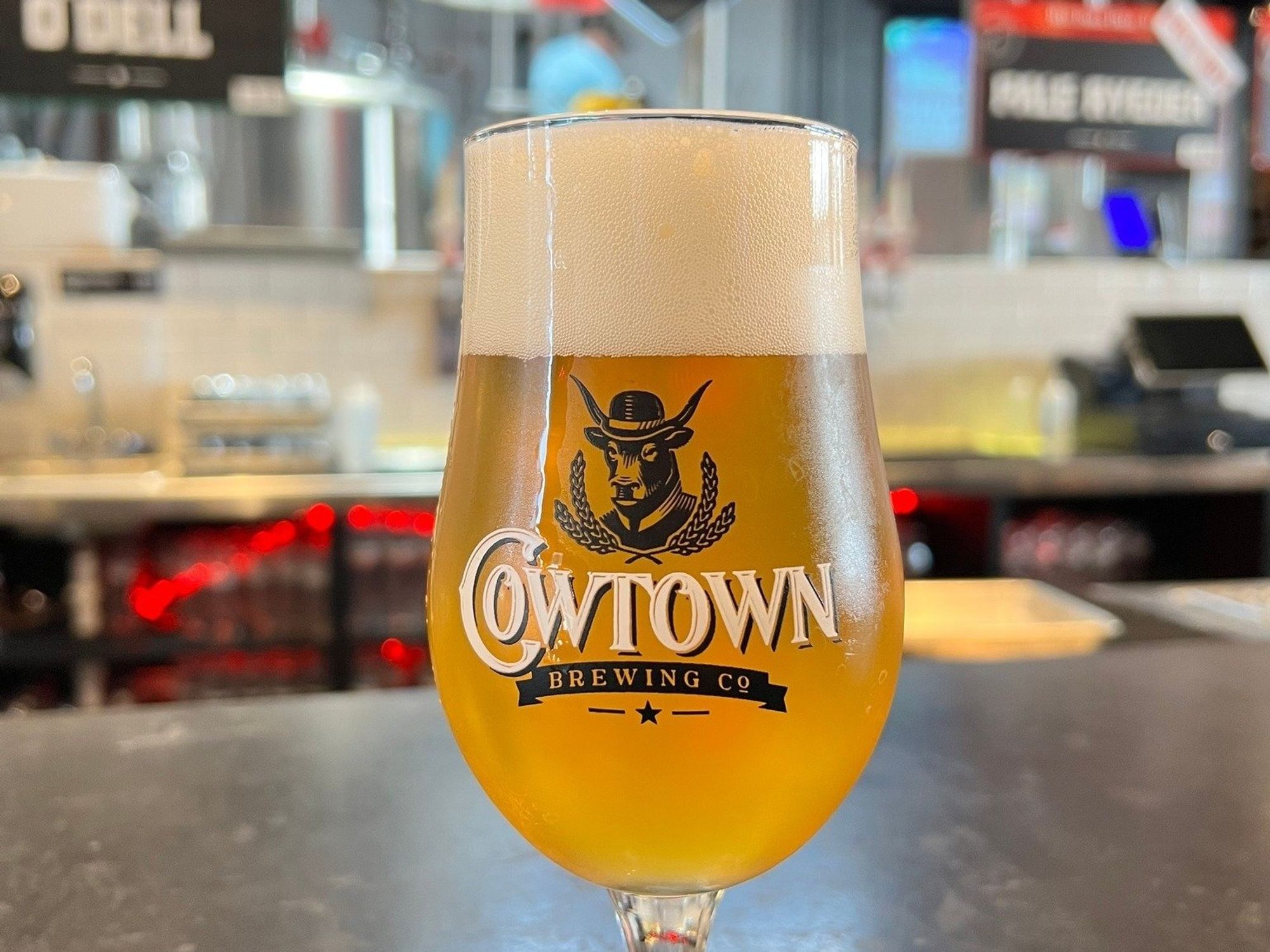Mastering the Craft of Distillation: a Deep Study Distillery Traditions
Exploring the complex art of distillation reveals a globe steeped in classic customs that have shaped the spirits we enjoy today. From the old origins of purification methods to the modern-day evolution of distillery equipment, each step in the procedure carries with it an abundant tapestry of history and expertise. As we look into the fragile balance of conventional versus modern-day distilling practices and uncover the significance of crucial active ingredients, a much deeper understanding emerges of the extensive influence distillery practices carry the spirits we relish.
Origins of Distillation Methods
The growth of purification strategies has an abundant history that traces back to old people. The principle of dividing elements based on their different boiling points laid the foundation for the advanced purification procedures we have today.
The earliest evidence of purification dates back to around 3000 BC in Mesopotamia, where clay pots were used to boil down perfumes and aromatic oils. The Egyptians better progressed these techniques, making use of distillation for embalming methods and medicinal purposes. The Greeks, especially numbers like Aristotle and Hippocrates, added to the theoretical understanding of distillation.
Over time, distillation spread to regions like India, China, and the Center East, each culture adding its special touch to the craft. The evolution of distillation strategies proceeded with the Middle Ages and the Renaissance, ultimately resulting in the diverse variety of purification processes used in contemporary distilleries worldwide.
Evolution of Distillery Devices

With innovations in technology and a much deeper understanding of the distillation procedure, contemporary distilleries now make use of a range of advanced equipment to produce spirits of the finest quality. Today, purification equipment consists of column stills, reflux stills, and crossbreed stills, each made to satisfy particular purification needs. These contemporary stills provide better temperature policy, raised distillation accuracy, and greater efficiency in separating alcohol from impurities.
In enhancement to stills, distilleries now use innovative condensers, fermenters, and purification systems to additional refine the distillate. The development of distillery devices remains to play a crucial duty fit the diverse series of spirits readily available in the market today.
Conventional Vs. Modern Distilling Practices
In analyzing distilling methods, the contrast between standard and contemporary approaches exposes substantial advancements in effectiveness and top quality. Traditional distilling methods frequently include time-honored methods gave through generations, highlighting craftsmanship and artisanship (Seawall Bar). These approaches typically count on copper pot stills and hand-operated procedures that call for a high degree of ability and experience from the distillers. Alternatively, contemporary distilling techniques take advantage of cutting-edge modern technology and advancement to streamline manufacturing processes and boost consistency. Automated systems, computerized controls, and cutting edge devices make it possible for modern-day distilleries to generate spirits a lot more effectively and with better precision.
While traditional distilling methods are cherished for their heritage and the one-of-a-kind flavors they generate, modern methods supply advantages in regards to scalability, quality control, and sustainability. By integrating clinical innovations and contemporary design, distillers Read Full Report can optimize manufacturing, reduce waste, and fulfill the demands of today's market better. Eventually, the selection between typical and contemporary distilling practices typically depends on the distillery's goals, worths, and target market.
Secret Components in Purification Process
Within the craft of purification, the selection of vital ingredients plays a vital duty in figuring out the flavor account and high quality of the spirits produced. The main ingredients used in the distillation process are typically water, yeast, and a fermentable source such as grains, fruits, or sugarcane.
Water is a basic element as it not only thins down the alcohol material to a palatable level but additionally impacts the overall mouthfeel and structure of the spirit. The top quality and mineral material of the water utilized can substantially affect the last product.
Yeast is another necessary ingredient that transforms the sugars present in the fermentable resource right into alcohol through the process of fermentation. Different stress of yeast can generate differing fragrances and tastes, adding to the unique characteristics of the spirit.

Effect of Distillery Traditions on Spirits
The influence of historical distillery practices on spirits prolongs past the choice of crucial components, forming the really essence and character of the final distilled products (Seawall Bar). These customs, gave through generations, play a crucial role in specifying the special taste profiles and top qualities that identify one spirit from an additional
Distillery traditions include a large range of practices, from the particular techniques made use of in distillation to the selection old procedures employed. The usage of traditional copper pot stills in scotch manufacturing is believed to present particular flavors and features that are very valued by connoisseurs. The aging of spirits in oak barrels, a technique deeply rooted in distilling traditions, adds to the development of complicated fragrances and tastes over time.

Final Thought
From the beginnings of purification methods to the modern-day techniques, the impact of distillery customs on spirits is indisputable. Distillery traditions play an essential duty in forming the spirits industry and protecting the heritage of distillation practices.
Throughout the background of purification, investigate this site the equipment used in distilleries has actually undertaken significant development to boost effectiveness and top quality of the purification procedure.With advancements in innovation and a deeper understanding of the distillation procedure, contemporary distilleries now make use of a selection of sophisticated devices to generate spirits of the highest possible top quality. Today, distillation equipment consists of column stills, reflux stills, and crossbreed stills, each made to provide to details purification demands. From the origins of distillation strategies to the modern-day methods, the effect of distillery practices on spirits is indisputable. Distillery practices play a crucial function in shaping the spirits industry and protecting the heritage of distillation methods.